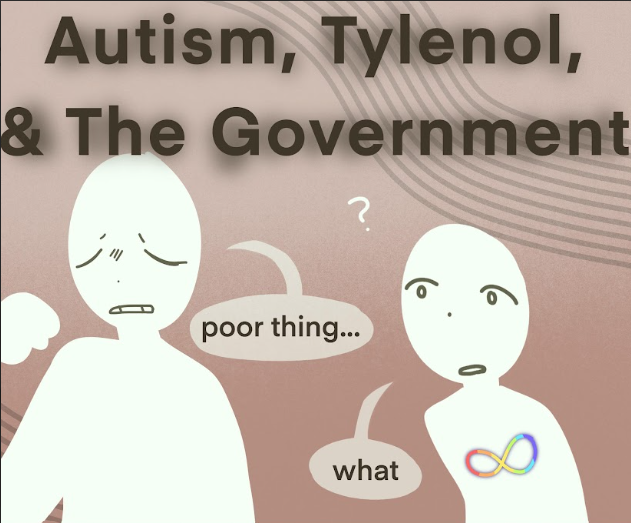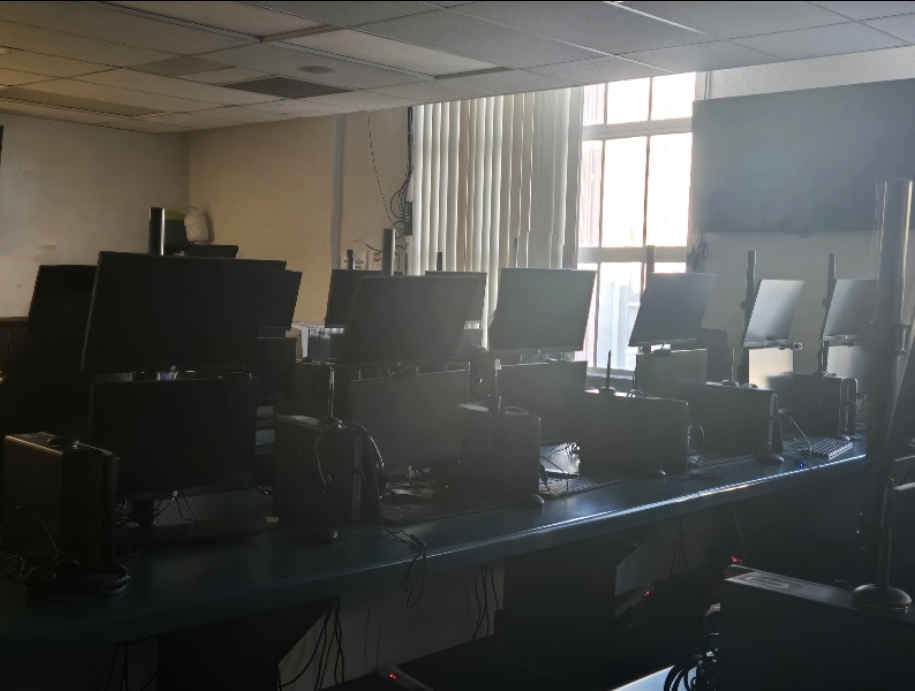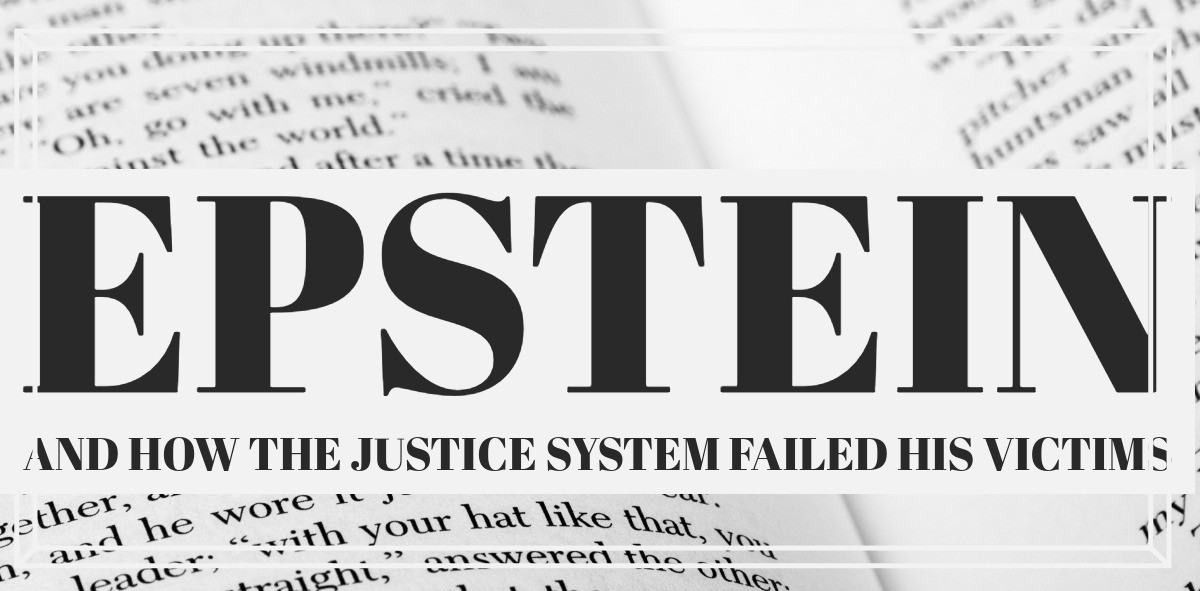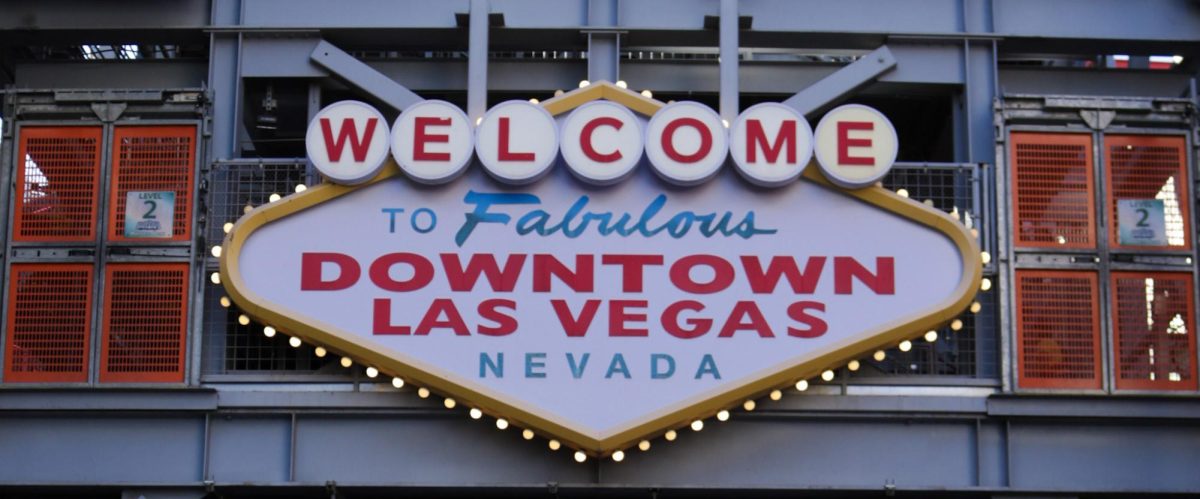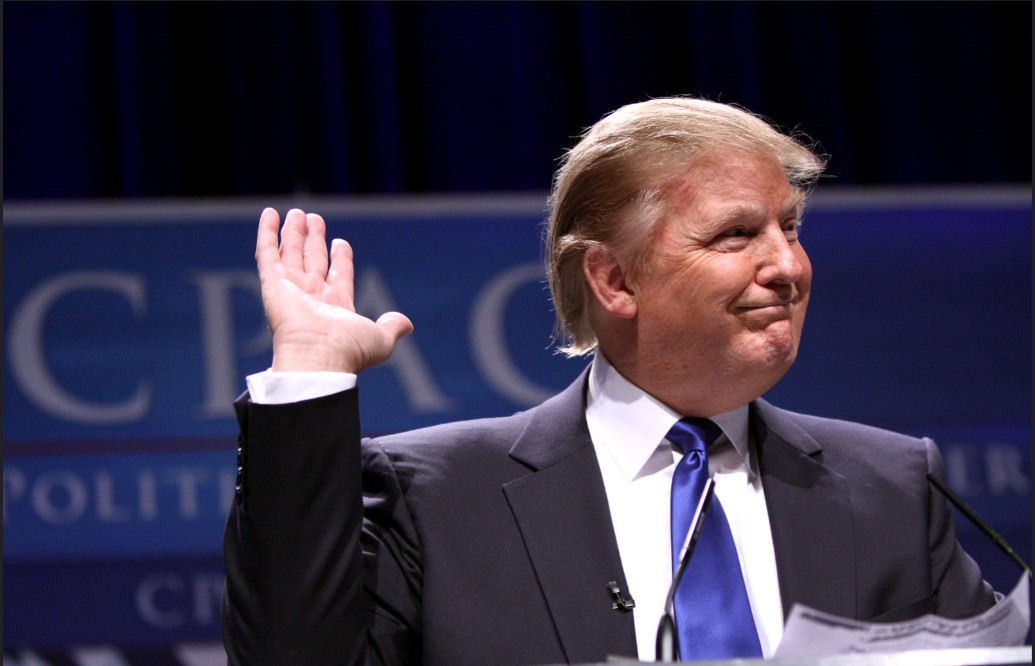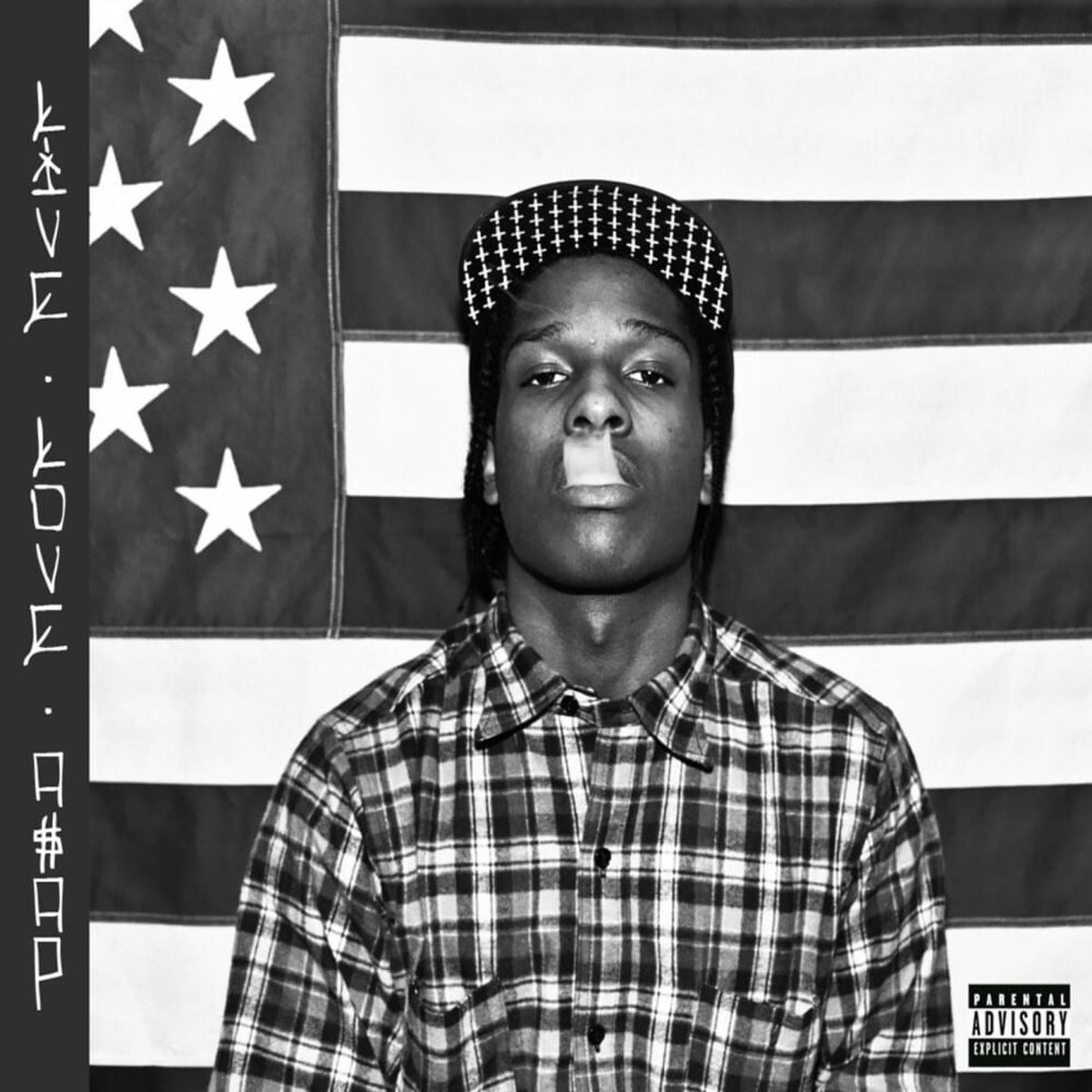Donald Trump, the 45th and 47th President of the United States, has been a conflicting figure in American politics. He is known for his bold speeches and unique approach to leadership. You can see his powerful statement, “The American Dream is dead,” during one of his campaigns in York, PA here. His campaign revolved around this claim, as he promised to bring the American dream back to life for all citizens.
What is the American Dream?
The American Dream is the belief that anyone, regardless of their background, can achieve success through hard work and determination. It is rooted in ideals like freedom, equality, and opportunity, which are highlighted in the Declaration of Independence. The phrase was popularized by James Truslow Adams in 1931, who described it as striving for a better, richer, and fuller life for everyone. You can read more about its history on Britannica or explore its evolving meaning on Wikipedia.
Trump’s Economic Policies and the American Dream
Donald Trump used tariffs to try to protect American jobs and industries. He added a 125% tariff on goods from China to fix trade problems and a global 10% tariff to encourage companies to invest in the U.S. Supporters say these actions helped American workers and businesses.
But not everyone agrees. Critics think these tariffs made things more expensive for people and hurt relationships with other countries. Some people think these policies helped the American Dream, but others say they made it harder by raising prices and hurting trade with other countries.
How Businesses Are Reacting to Trump’s Tariffs
Some American companies are struggling because of Trump’s tariffs. Businesses that rely on imports, like carmakers and electronics companies, now have to pay more to bring their products into the U.S. For example, Nintendo delayed selling its new Switch 2 console in the U.S. because of the new tariffs, and Jaguar and Land Rover stopped shipping cars for now.
Since businesses don’t want to lose money, many are raising prices. Deutz, a German engine maker, is making its products more expensive for American buyers. This could play a big role in the costs of some cars, making the prices go up hundreds and potentially even thousands. Micron, a company that makes computer chips, has added extra fees, making memory cards and SSDs cost more. These higher costs mean everyday items, like cars and tech products, may get more expensive for consumers.
“Tired of Winning”: A Take on the Economy
A meme going around shows Trump saying, “We’re going to win so much, you may even be tired of winning.” It then shows the stock market all in red, meaning big losses. The caption says, “Mr. President, I’m tired of winning.” People are using this meme to joke about how tough the economy feels right now.
Public Perspectives on Trump’s Policies
Public opinion on Trump’s economic policies is mixed. According to a USA TODAY poll, about 44% of Americans approve of his handling of the economy while 56% disapprove. His use of high tariffs—like a 125% duty on Chinese imports—has also stirred controversy, and a recent MSN report shows that 58% of Americans believe these tariffs hurt the economy by raising prices. Some U.S. businesses have even delayed launching new products due to these tariffs, and the stock market has shown signs of increased volatility after their announcement. Despite these concerns, Trump argues that his policies will eventually boost the economy, though public skepticism remains high.
Global Reactions to U.S. Tariffs
Many world leaders are worried about the new US tariffs because they might raise prices and hurt local economies. For example, European Commission President Ursula von der Leyen said that the tariffs could drive up costs for everyday people. Similarly, Australian Prime Minister Anthony Albanese warned that these measures do not help our friends in trade. Leaders from Italy and Ireland have also pointed out that such policies might disrupt trade and slow economic growth.
Other global voices agree that fighting over tariffs only makes things worse. For instance, British Prime Minister Keir Starmer remarked that “nobody wins in a trade war,” emphasizing the risks of ongoing conflict. Meanwhile, China’s Ministry of Commerce called on the United States to remove the tariffs to help stabilize global markets.
The “Hands Off!” Movement
The “Hands Off” movement emerged as a grassroots response to policies perceived as threats to healthcare, wages, education, and civil rights. In the United States, thousands took to the streets on April 5, 2025, in cities like New York and Portland—MSN reports and CNN covered these demonstrations. Outside the US, people in countries such as Germany, France, and the UK also joined in the Hands Off! movement, protesting against the tariffs and calling for fair trade practices (Newsweek | DW). These protests show that many around the globe want policies that support fairness and cooperation instead of conflict.
Historical Comparisons: Trump’s Policies vs. Past Presidents
Trump’s economic policies, like tax cuts and deregulation, are often compared to those of Ronald Reagan, who also aimed to reduce government intervention to boost the economy. However, critics argue that both approaches led to higher deficits. On trade, Trump’s tariffs marked a shift from the free-trade policies of presidents like Bill Clinton, who supported agreements like NAFTA. These tariffs, described as protectionist, aimed to prioritize American industries over global partnerships. For more on these comparisons, see TIME and National Review.
In foreign policy, Trump’s “America First” stance has been likened to the isolationist tendencies of Herbert Hoover. However, his decision to move the U.S. embassy in Israel to Jerusalem aligns with George W. Bush’s strong support for Israel. Trump’s leadership style has also drawn comparisons to Andrew Jackson, known for his populist approach and controversial decisions. For additional insights, check out Al Jazeera and FiveThirtyEight.
The Long-Term Impact of Tariffs on the Economy
Experts predict that tariffs will have mixed effects on the economy over time. Some say tariffs might help grow local manufacturing by making imported goods more expensive—as noted by Georgia professors. However, others worry that tariffs will raise prices for everyday items. For instance, Harvard economist Robert Lawrence explains that higher costs can hurt consumers, and the CFA Institute warns that trade barriers often slow down economic growth.
On a global scale, several experts are concerned that tariffs may lead to trade wars that hurt all countries involved. For example, Moody’s Analytics warns that such conflicts could drive up prices and reduce trade around the world. Similarly, a report by Bill Cara suggests that lower trade levels may slow economic growth over time. In simple terms, while some local jobs or industries might see a temporary boost, most experts agree that long-term tariffs could mean higher costs and slower economic progress for everyone.
Conclusion
Both American politics and the world economy have been permanently impacted by Donald Trump’s administration. His bold policies have led to discussions on their effectiveness and long-term effects, especially with regard to trade and tariffs. Some view his leadership as a challenge to established diplomatic and economic rules, while others see it as a revival of the American Dream. Trump’s legacy will continue to influence debates about leadership, policy, and the pursuit for opportunity in America and abroad as time goes on.



